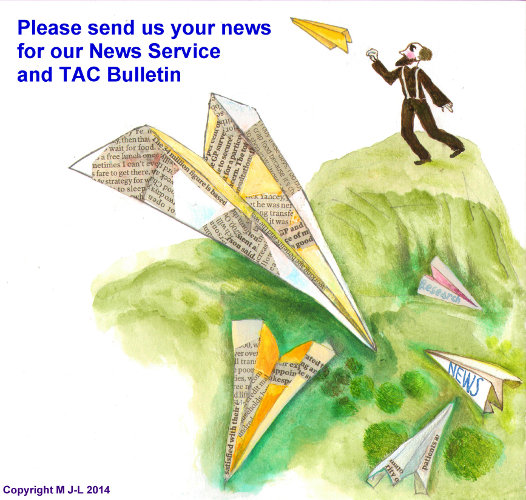Participatory Action Research (PAR) with students with intellectual and developmental disabilities (IDD)
More and more individuals with intellectual and developmental disabilities (IDD) now have the opportunity to attend college.
This is possible not only due to strong advocacy, but also because applications of universal design principles have developed in higher education settings (Behling & Hart, 2008; Silver, Bourke, Strehorn, 1998), there are more grassroots initiatives to adopt supported education models (Mowbray, et al., 2005), and the field of inclusive postsecondary education is advancing non-traditional pathways to enroll and matriculate in college (Grigal, Dwyre, & Davis, 2006; Grigal & Hart, 2010; Hart, Zafft, & Zimbrich, 2001).
Given these approaches in creating college access and participation, it is logical that students with IDD have equally accessible, supported and non-traditional methods to evaluate their college experiences.
Traditional evaluation methods are useful for gathering information about students’ college status. For instance, surveys are useful for collecting descriptive information, such as what classes students are taking, if they are taking the classes for audit or credit, what campus resources they are using, and what supports they require to fully participate in college.
Less used but equally important are research methods that gather students’ perceptions of their college experience from the students themselves. One strategy for effectively gathering data from and with students is Participatory Action Research, or PAR.
PAR is an emancipatory and cyclical form of research that promotes collaboration between researchers and participants. Over the last 20 years, there has been an increasing interest by community-based researchers in using PAR to enable people to tell stories that help them to interpret their lives (Ferguson, Ferguson, & Taylor, 1992; Stringer, 2007).
Read more: http://www.thinkcollege.net/administrator/components/com_resdb/files/PARguide_F.pdf
With thanks to Jasmina Sisirak <This email address is being protected from spambots. You need JavaScript enabled to view it.> of HealthMatters Alerts for this news


